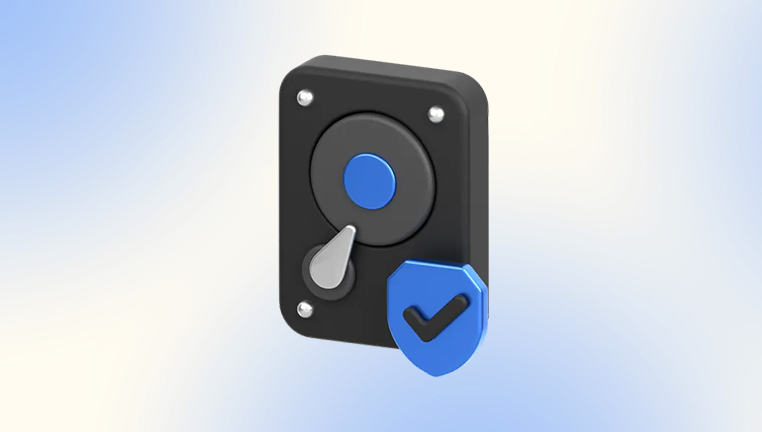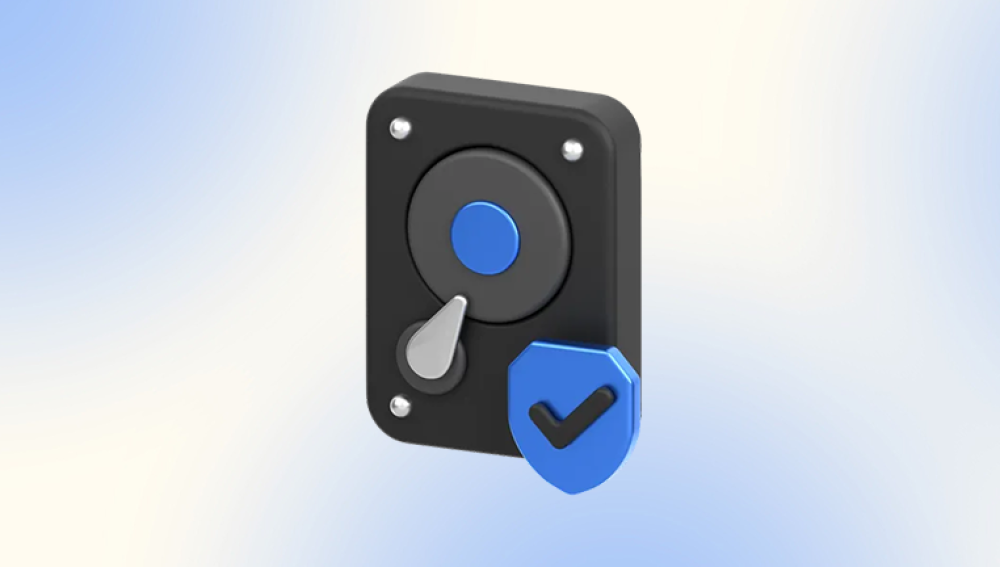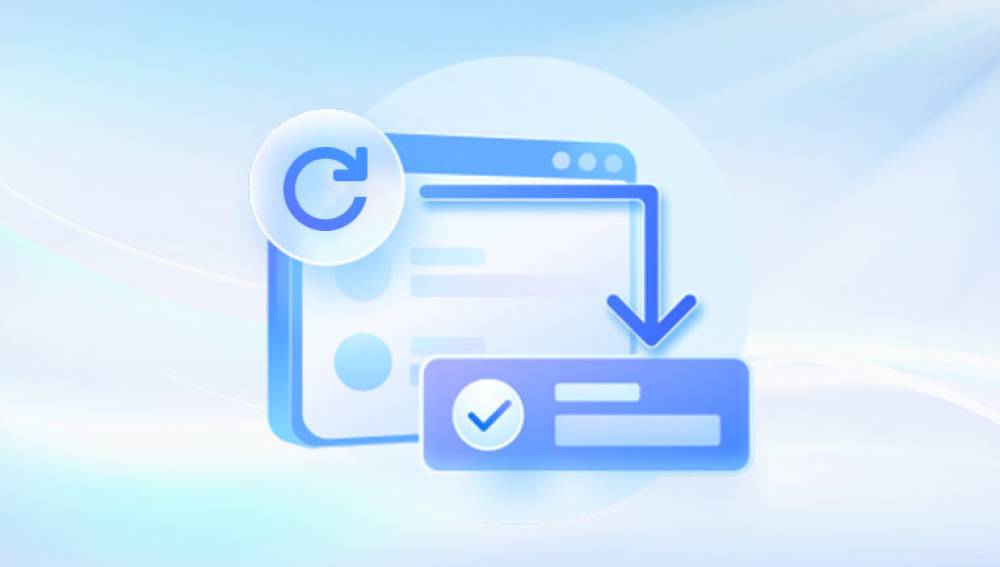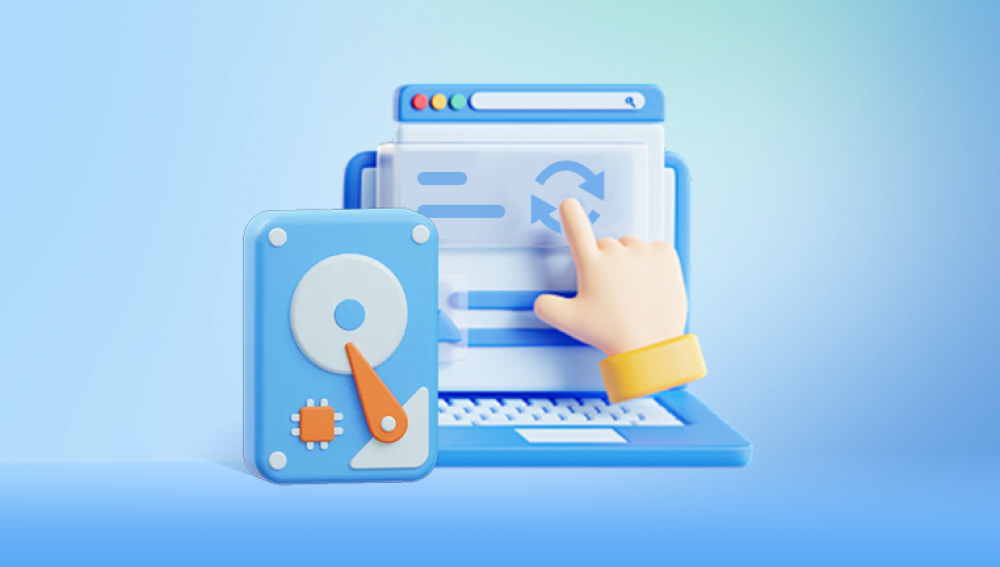Data stored on external hard drives ranging from backups and photo libraries to large project files can sometimes become inaccessible due to deletion, corruption, formatting, or physical issues. The good news: in many cases, data recovery is possible if approached properly.
1. External Drive Data Loss
Before beginning recovery, it’s helpful to know what can go wrong:
Accidental deletion: files removed manually or via cleanup tools.
Formatting or re-partitioning: accidentally erased data or changed file systems.
File system corruption: caused by unsafe ejection, power loss, virus attacks.
Logical errors: lost partitions, inaccessible volumes, missing filesystem tables.
Physical drive failure: clicking noises, server errors, electronics or mechanical issues.
Encryption or firmware issues: proprietary encryption, damaged firmware or SSD internals (for external SSDs).
Understanding the cause helps choose the right recovery method, whether software, command-line utilities, or professional services.

2. Immediate Safety Steps
Act fast to minimize data overwrite and further damage:
Stop using the drive: Don’t write new data or copy files to it.
Avoid formatting: Don’t reinitialize partitions unless necessary—and only after imaging.
Don’t install tools to the same drive: This can overwrite recoverable blocks.
Use safe ejection and avoid unreliable software: an unsafe removal can corrupt data.
If the drive still spins and is detected by your computer, you can attempt software-based recovery. If it remains undetectable or makes abnormal noises, skip to sections on imaging or professional recovery.
3. Software-Based Recovery (Logical Issues)
Drecov Data Recovery
External hard disks are commonly used to store backup files, media collections, and work documents. But what happens when you accidentally delete files, format the drive, or encounter a disk error? That’s where Drecov Data Recovery becomes an invaluable solution. This powerful and user-friendly tool is designed to retrieve lost or deleted data from external storage devices, including hard disks.
Whether your external drive was accidentally formatted, suffered from corruption, or files were deleted without backup, Drecov Data Recovery can help. Once installed on your PC, the software scans the external drive for recoverable files. It works by analyzing sectors of the drive that still hold data even after files have been deleted or the filesystem has been damaged.
To begin, connect the external hard disk to your computer and launch Drecov Data Recovery. The program will list all available drives, including your external one. Select it and start either a quick or deep scan depending on the severity of data loss. A deep scan is more thorough and ideal for formatted drives or larger losses.
After scanning, the software presents a list of files it can recover—organized by file type, size, and recovery probability. You can preview files before recovery, ensuring that you're restoring exactly what you need. Simply choose the files and save them to a safe location on your computer or another external drive.
4. Command-Line Recovery on Windows
Windows File Recovery (Microsoft’s Tool)
Available for Windows 10/11 via Microsoft Store.
Runs from Command Prompt with syntax like:
bash
CopyEdit
winfr X: Y: /n \*.docx winfr X: Y: /r
where X: is the external drive, Y: is your destination.
Modes include:
Regular: for recently deleted files on NTFS.
Segment: when metadata is partially gone.
Signature: for non-NTFS drives like FAT32 or exFAT.
Useful for advanced users, but requires accurate naming or file signature matching.
5. Recovering from macOS or Linux
If using macOS or Linux for USB/external drives:
PhotoRec/TestDisk works across platforms.
For macOS, tools like Disk Drill for Mac or EaseUS Data Recovery Wizard for Mac offer GUI-based recovery.
On Linux, command‑line tools like ddrescue (for imaging) plus TestDisk/File carving tools can restore files.
6. Handling Physical Drive Issues
When software recovery isn’t possible due to physical failure:
Signs of Physical Failure:
Clicking/grinding sounds.
Drive isn’t recognized by BIOS or OS.
System freezes when accessing the drive.
6.1 Disk Imaging with ddrescue
On Linux:
Boot from a live USB with tools available.
Use ddrescue to create a block-level clone (with error handling).
Work only on the image file for recovery attempts.
6.2 Professional Data Recovery Services
If the drive is malfunctioning, take it to professionals:
Reliable services include DriveSavers, Ontrack, Gillware, Secure Data Recovery.
They use clean-room environments and forensic tools.
Expect turnaround times from days to weeks; cost ranges $300–$2.000+ depending on severity and required methods.
Many offer free diagnostics and no-data-no-fee guarantees.
7. Recovering Special File Types
Some data types need extra care:
Photos and Videos
These files are large and may be fragmented. Choose tools that support deep scan and preview (Disk Drill, Wondershare Recoverit, Stellar).
Some have repair utilities to rebuild partially damaged media files.
Documents and Archives
Use recovery tools that preserve folder hierarchy and file metadata.
Preview .docx, .xlsx, .zip files before restoring to avoid corruption.
Encrypted or RAID‑style Drives
If the external drive had encryption, recovery is extremely difficult without keys.
RAID-styled disks (e.g. multiple external drives or internal drives running as RAID exported as external) may require specialized tools like R‑Studio or professional help.
8. How to Recognize Recoverable Files
After scanning, check these to assess viability:
File size: If too small or inconsistent, likely incomplete.
File preview works: Playable video or readable document.
File extension matches file header (some tools misname or default to generic names).
Metadata intact: Date created/modified, if preserved, helps restore hierarchy.
Recovery tools usually show status like “excellent”, “poor”, or “unsure”—prioritize “excellent” or “good” for better outcomes.
9. Organizing and Validating Recovered Data
Once files are recovered:
Rename and reorganize into appropriate folders.
Validate each file by opening it to confirm proper data integrity.
For large video/image sets, use batch playback or thumbnail review.
Consider hashing or verifying file checksum to ensure no corruption if you plan to re-copy.
10. Prevent Future Data Loss
After recovery, strengthen your defenses:
10.1 Backup Strategies
Three-two-one backup rule: keep at least 3 copies, on 2 different media, 1 off-site.
Enable regular backups using tools like File History, Time Machine, Macrium Reflect, or cloud backup services.
10.2 Use Reliable Hardware
Replace aging external drives as they reach typical lifespan (~3–5 years).
Invest in drives with hardware encryption only if you have proper key management.
10.3 Safe Handling
Always eject drives safely (via OS UI) to prevent corruption.
Avoid unplugging while data is being written.
10.4 Monitor Drive Health
Use SMART tools (like CrystalDiskInfo or GSmartControl) to monitor drive temperature and error rates.
Set up alerts to proactively clone or replace failing drives.
10.5 Keep Top‑Tier Recovery Tools Ready
Install portable versions of trusted recovery tools (or keep them on a USB stick).
Regularly update recovery software to latest versions.
11. Troubleshooting Common Pitfalls
Pitfall: Scanned files appear but won’t open
Try another recovery tool or run a video repair tool.
Validate the scan mode—perhaps deep scan or signature mode yields better recoveries.
Pitfall: Recovered folders have no names or dates
Look through file metadata or file headers.
Use software that supports original folder path reconstruction.
Pitfall: Drive not recognized even intermittently
Try different cables or ports. USB‑SATA bridges fail.
Test drive enclosure or plug into a different computer.
If still dead, stop plugging in – risk deepening damage and escalate to professionals.




